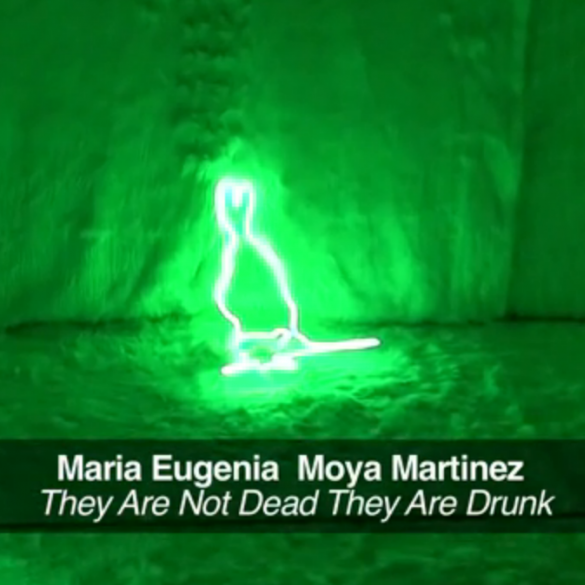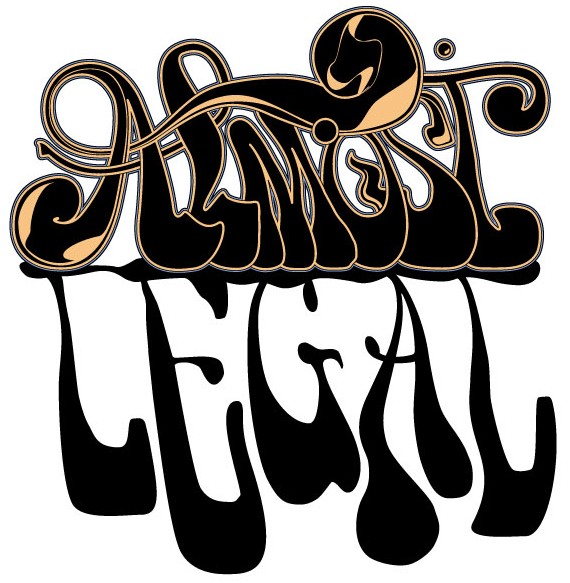
“Technology is changing our embodiment in really interesting ways,” Emmy Award-winning filmmaker and groundbreaking academic Dr. Susan Stryker explained at the end of her packed lecture at the Sullivan Galleries on October 3. She went on to describe the growing interest transgender studies has in the ways that technology complicates the division between the human and nonhuman.
Transgender studies, a field that Dr. Stryker helped establish, is interested in opposing the idea that trans bodies are in some way less “natural” than other bodies, a criticism that has come not only from conservative channels but previously from certain gay and lesbian circles as well. In many ways, Dr. Stryker reminded the audience, the human body has already been a combination of biological and technological forms, and that a division between the two may not be a correct or useful distinction.
The lecture focused on the history of transgender studies and how it has earned legitimacy, to a point where a self-identified trans person like Dr. Stryker can contribute to the discourse as a figure of authority, rather than as merely the subject of the conversation.
Stryker started the lecture by defining the “Transgender Phenomenon” as that which “disrupts or denaturalizes the normative phenomenon,” as distinguished from a transgender “thing” — that is, a stable and singular identity or set of traits. She explained that this distinction is important in order to focus attention on relationships between an observer and an observed, instead of seeing gender as an inherent quality. By shifting the focus in this way the discussion can be “not just about looking at a minority, but [about] looking at changes in the way we [as a culture] look at things.”
Stryker located the emergence of transgender studies, what she calls “Transgender Studies 1.0,” around various social and political phenomena in the ’80s and ’90s. A few of the events she listed were the AIDS crisis and the emergence of queer politics, the end of the Cold War and the dissolution of many binary ways of thinking that were associated with it, and the techno-futurist fantasy in the late 90’s when, “people thought they were about to live in the future.” This last event was also marked by a growing fascination and acceptance of the cyborg-body, with which transgender studies has a conceptual connection because of the shared interest in collapsing distinctions between the human and nonhuman.
This first round of trans studies had its limitations and problems, however, as most emergent fields of study do. Some of the problems identified by Stryker were having “whiteness” as a default position (something which lesbian and gay studies has struggled against in the U.S. as well), and the fact that “gender” is an anglophone concept that doesn’t have an equivalent in other languages. Many of these issues are now an integral part of current trans studies which emphasize the necessity of a close reading of how “trans” things happen and are conceptualized in other places, by non-anglophone people.
In the final part of the lecture Stryker listed emerging themes of the field including biopolitics, radical political-economic critique, and post-humanist boundary criticism. Stryker’s personal academic interests are moving away from sexuality and toward intersection of trans studies and technology.
The lecture was scheduled to coincide with “The Great Refusal: New Queer Aesthetics” at SAIC’s Sullivan Galleries. Although Stryker did not directly discuss visual arts or art making in her lecture, she included an encouraging comment to queer artists stating that queer aesthetics are “part of cutting edge art practices now [that go beyond] autobiography [to form] fascinating conversations about gender complexity.”
*The lecture was sponsored by the Goldabelle McComb Finn Endowment with additional support from the Department of Exhibitions & Exhibition Studies, the Office of Multicultural Affairs, the Department of Liberal Arts, the Department of Art History, Theory, and Criticism, and the Department of Performance.







